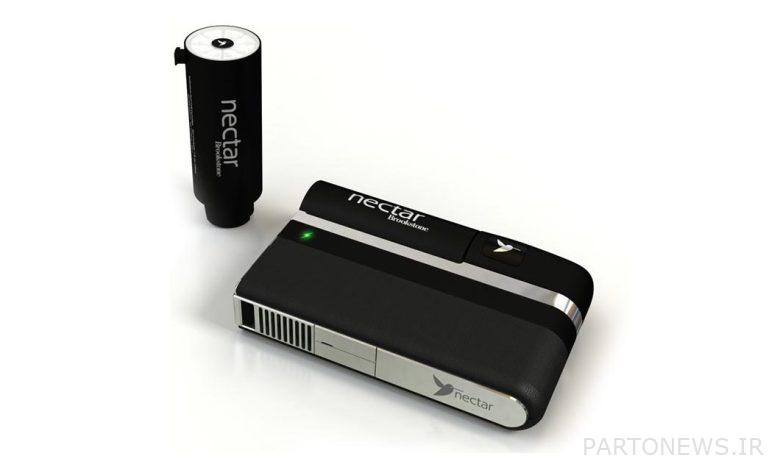Lilliputian, producing powerful but dangerous batteries

In the startup environment, it is a habit to talk about successes to keep our hopes alive for the future, but it is a big mistake to forget the failures of the past and not benefit from the experiences of the past. For this purpose, the Ecomotive team has collected the experiences of a series of failed startups, so that reviewing their failed stories may be a basis for the success of new startups in Iran’s startup community. This collection will be published and made available to the audience in the form of the story of failure. We review the 20th part of this series, which deals with the story of Lilliputian Systems startup failure.
When Lilliputin started in 2001, he had a solid idea: he wanted to create a lightweight, pocket-sized charger for mobile devices that would charge them through a USB port. With the introduction of the iPhone and other smartphones and small devices that used electricity, this product seemed very compelling. As a result, investors like Kleiner Perkins Caufield & Byers, Intel investment And Rockport Investments They were forced to invest.
Many companies have tried to produce miniature fuel cells, but Lilliputian used a completely different technology developed in MIT laboratories; That is, micro-electromechanical systems, which were considered a suitable method for production due to the use of chip production equipment. The final device was something that could convert butane, or a lighter liquid, into electricity at high temperatures in a gadget the size of a palm. The question was, how much energy does butane store in itself compared to normal batteries? Each compartment, about the same length as a smartphone but slimmer, could charge the phone for two weeks. This technology was also a boon for charging laptops on long intercontinental flights.
In 2013, Lilliputin introduced its product at the electronics fair and started taking orders. It also signed an agreement with Brookstone to distribute its products. On the other hand, it planned to produce its silicon tablets at Intel’s well-equipped chip manufacturing plant in Hudson, Massachusetts.
But Lilliputian never delivered its product. Because the $100 price of its chargers in 2010 increased to $300 in 2013. Ken Lazarus, who was the CEO of the company for 10 years, stepped down and took charge of another local startup. Suhail Khan, who replaced him in May 2014, announced that Lilliputian had given up its technology and intellectual property and is now slowly continuing its activities. He added: “Most of the company’s assets have been entrusted to a large owner who can continue investing and producing.”
In explaining the reason for Lilliputin’s failure, Sohail Khan believed that this company was actually several startups in one startup, because to produce the battery in question, it needed technologies that did not exist in the market, and the company had to produce them from zero to one hundred. . These problems increased the production time of the final product.
The story of Lilliputian’s failure confirms the fact that despite the slower movement of technology in the field of energy than in information, rapid changes are still taking place. In the 13 years that Lilliputian has been working on its product, the lithium-ion battery industry has made significant progress. This made it harder to sell their product even with the promise of better performance. On the other hand, when Samsung started installing free charging towers in airports, its entire philosophy was lost. Why carry around an expensive container of flammable liquid when you can just plug the battery in instead?
Study proposal
How do you rate this article?


